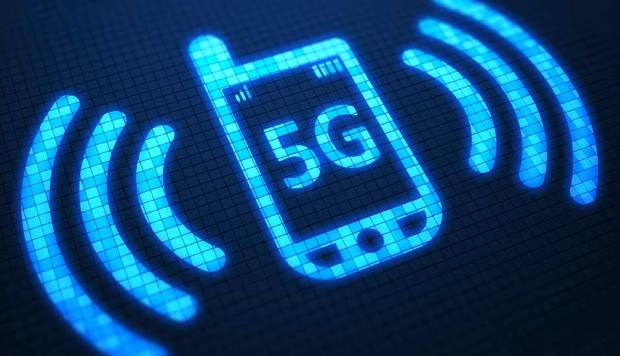When you watch a movie, the movie will watch you too
Have you ever felt really terrified by a movie? You must know the feeling of anguish when imagining yourself in a situation similar to that of the film protagonist; now imagine that the story adapts to you, real-time horror, adjusting the plot to your level of attention to scare you to death. Experts in digital forensics from the International Institute of Cyber Security consider that this can be possible thanks to the 5G technology.
When most people think of 5G, they envision a high-bandwidth connection that allows them to download full seasons of their favorite shows in a matter of minutes. But the 5G technology has a greater potential, being able to reinvent the way to visualize multimedia content, but it could also affect the user’s privacy.
Dan Garraway, co-founder of the interactive video company Wirewax, said in an interview: “Currently, a video is done in a very similar way to how a TV show is done. The change is to convert a video into an exchange experience between emitter and receiver. The audience interacts with what they watch and makes things happen”.
Custom made horror movies? Wirewax will try to implement the interactive video based on the front camera of the user’s phone to make adjustments to the content of the video in real time. It may sound like science fiction, but according to reports from experts in digital forensics, one of the main features of 5G is the ability to establish an ultra-sensitive connection virtually without any lag, which means that the network and systems would be fast enough to react to the user’s physical reactions.
The first 5G compatible smartphones will arrive next year and, although this type of multimedia content does not yet exists, is a market with enormous potential, according to financial estimates. According to the first forecasts, 5G technology will drive the annual revenues of multimedia applications up to $67 billion USD in a decade.
Generation leap
Before thinking about the inability to create interactive content with 5G technology, consider how the jump from 3G to 4G LTE changed the way we access a lot of content. The fact of being able to watch and upload the video in a mobile device reinvented the way we watch TV in addition to the way of doing big business. For example, a decade ago, when Netflix was about to complete its transition to streaming, its annual revenues were $1.4 billion USD. Now, their annual income has grown more than 10 times, reaching $15,806 billion USD.
The availability of content generated by 4G technology allowed a massive improvement of the video distribution, considered experts in cybersecurity and digital forensics. “With 5G technology, new forms of multimedia content can be fully generated in a mobile device environment”, says Jim Spare, COO of the interactive video company Eko.
The 5G potential for video is based on several major changes in how content is distributed and created. The most important are the low latency or the delay response time of the network. The delay time with 4G is approximately 20 milliseconds, but with 5G is reduced to just 1 millisecond.
5G technologies are also better for handling large amounts of data. According to studies by specialists in digital forensics, the video is already one of the online activities with the highest volume of data, with almost 58% of the Internet traffic of 2018. 5G not only lightens that load, it can also make new types of video accessible.
“The speed and capacity of 5G technology also make it possible for the video to be created in real time according to the user’s responses. As movies and shows are generated by computer, the content becomes more changeable”, says Garraway.

Working as a cyber security solutions architect, Alisa focuses on application and network security. Before joining us she held a cyber security researcher positions within a variety of cyber security start-ups. She also experience in different industry domains like finance, healthcare and consumer products.












